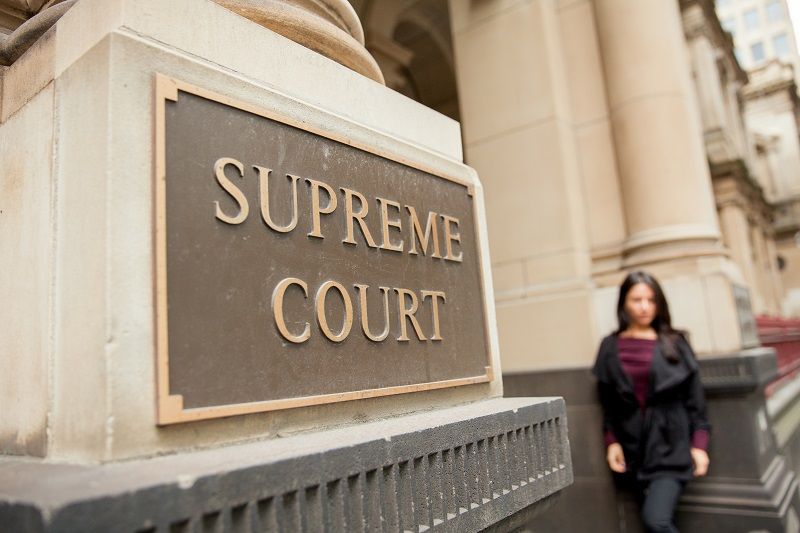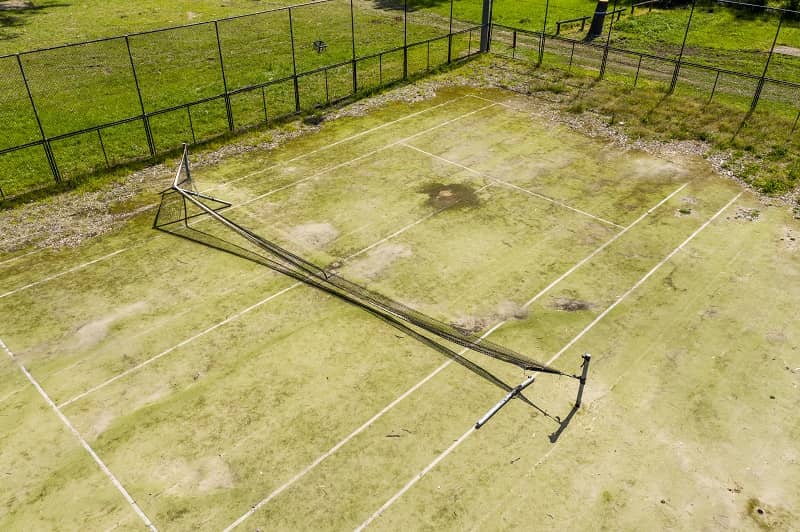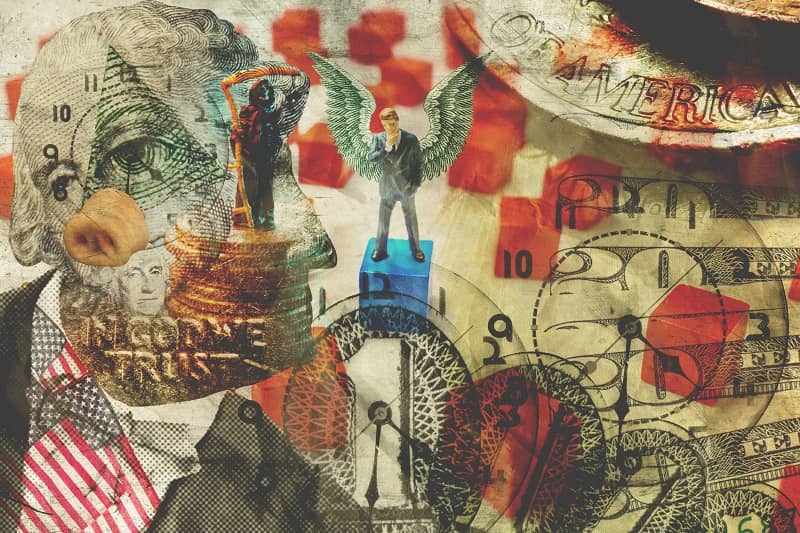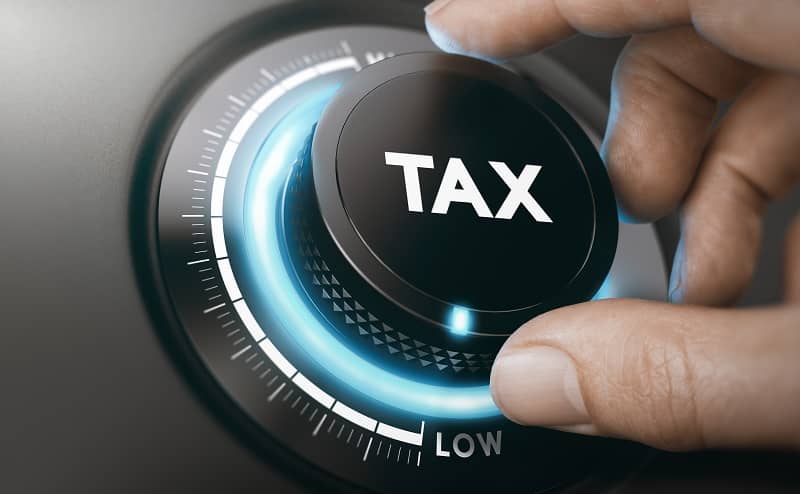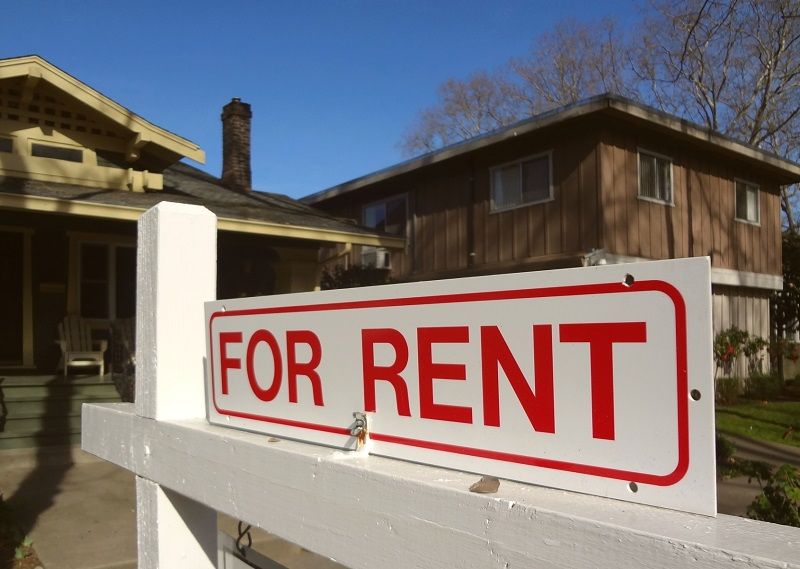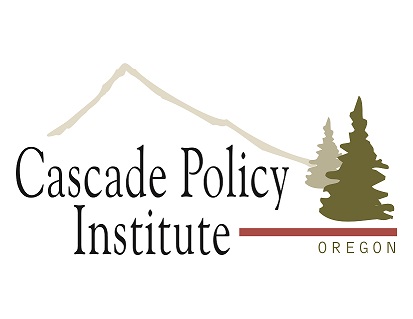By Benjamin Zycher
Charities and other nonprofit institutions perform a vast array of altruistic works yielding benefits for both the direct beneficiaries and for society writ large.
Most such activities are obvious: medical services for the indigent, educational services for the disadvantaged, support for the arts, and the like. But such organizations serve a deeper function as well: They act as an important buffer between the citizenry and the state.
Government by its very nature is coercive: Tax, spending and regulatory policies inexorably generate wealth transfers among groups, thus creating winners and losers. These effects induce individuals and groups to find routes around the constraints created by government policies, increasing the incentives of government to impose further rules, and so on.
Private organizations, on the other hand, by definition are voluntary; and as they compete with government agencies in the provision of various services, they have powerful incentives to protect their activities and freedoms from efforts by government to expand its powers.
The current efforts by the Catholic Church and other religious organizations to challenge the contraception/abortifacient mandate in the Patient Protection and Affordable Care Act—an obvious attempt by federal policymakers to transform important institutions of civil society into agents of the government—is a prominent example of this phenomenon.
Accordingly, public financial support for private giving can be viewed not only as a way to engender additional charitable activity passing a market test, but also as a tool with which to constrain government power by creating a corrective for the incentives of individuals acting alone to offer too little resistance to the expansion of the state.
The institutions of civil society receiving such support help to protect freedoms from government coercion in ways that individual citizens might find far more difficult to undertake.
This public support is provided primarily through the tax deduction for charitable donations. Tax reform as part of a broad reform of fiscal policy is back in the news, and with it are various proposals to limit or change this tax treatment. Most such proposed changes would increase the after-tax “cost” of giving for many taxpayers by reducing the incremental subsidies created by the current structure of income tax rates. The scholarly literature suggests, roughly, that each 1% change in the after-tax cost of giving reduces giving by the affected taxpayers by about 1%.
One prominent proposal is for a cap of 28% on the marginal tax rate applied to charitable contributions by taxpayers above a given income level. That would raise the perceived cost of giving by, roughly, 18% for the taxpayers affected, leading to a reduction in total giving by all taxpayers of about 2%, or roughly $5 billion annually. In a world of trillion-dollar deficits, that may sound small; but it is 40% greater than the operating budget of the American Red Cross.
Another proposal would convert the current deduction into a 15% tax credit for all taxpayers, but impose a floor of 2% of adjusted gross income for eligibility.
That combination would reduce contributions by an estimated $10 billion or more, an amount equal to about half the operating budget of Catholic Charities. A similar proposal for the conversion to the 15% credit, but without the floor, would reduce giving by about $8 billion.
There are other proposals with varying effects. Perhaps a tax reform that results in substantially greater economic growth in the aggregate would compensate for these impacts.
Or, perhaps, tax reform may be sufficiently important to justify them. But the public discussion of changes in the tax treatment of charitable giving should consider not only the narrow effects on contributions, but also the more subtle but larger implications for the substantial benefits that the institutions of civil society yield in terms of the protection of our freedoms from the coercive and confiscatory power of the state.
Benjamin Zycher is a senior fellow at the Pacific Research Institute in San Francisco, a visiting scholar at the American Enterprise Institute, and a guest contributor for Cascade Policy Institute, Oregon’s free market public policy research organization.

